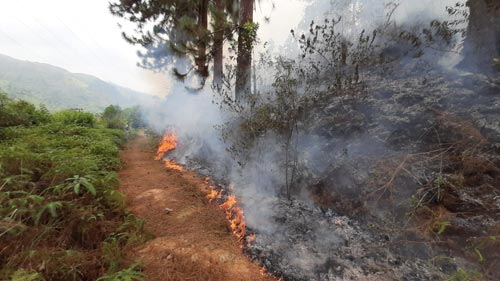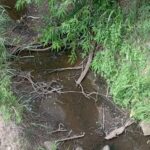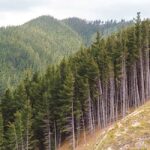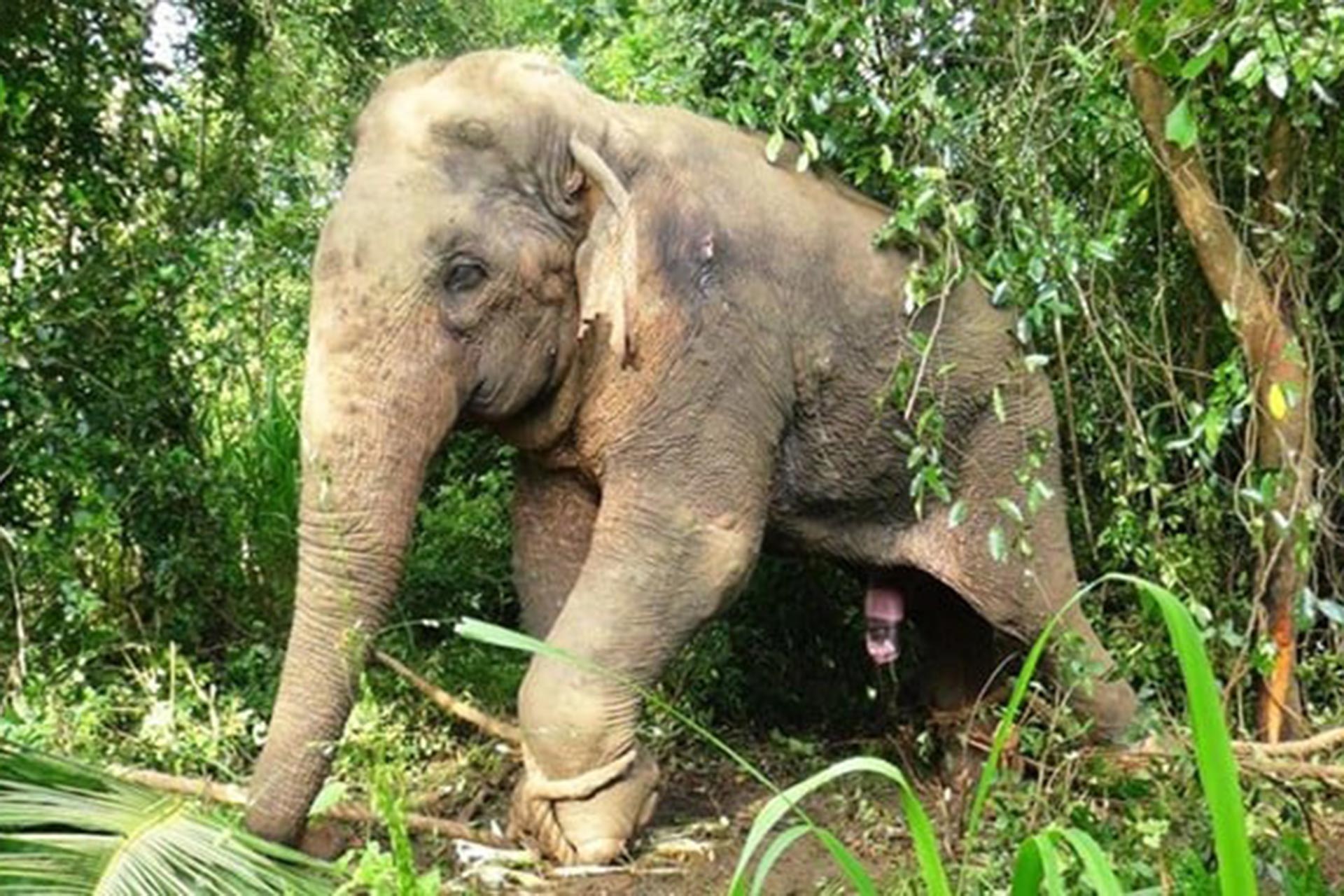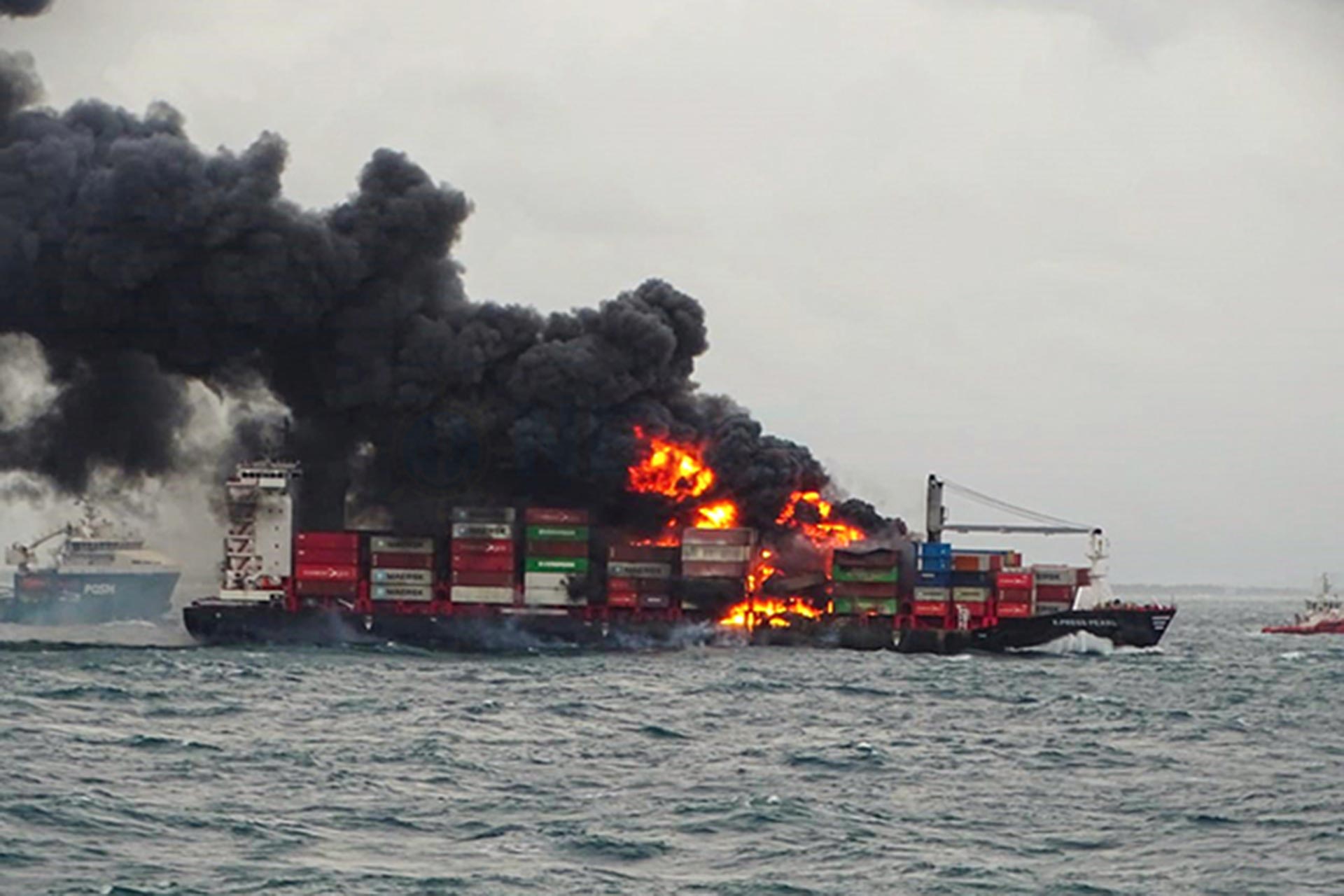By Kaveesha Panditharathna
“Nature does not hurry, yet everything is accomplished.” – Lao Tzu
This is dedicated to people who can sense the earth’s pulse from leafy sounds, appreciate the beauty of old trees in the shade and appreciate that forests are worthy of honor.
The “Emerald Isle,” as Sri Lanka was once nicknamed, is now facing a quiet disaster. Brush and forest fires are sweeping across our grasslands and natural areas, wiping out trees as well as entire ecosystems, stories and memories. We have already destroyed over 2,500 hectares of important forest and scrubland, much of it due to our own negligence, in Thabbowa Sanctuary, Ohiya and Rakwana (Daily Mirror, 2023).
Much of these disasters are caused by careless actions such as clearing land with fire, discarding cigarette butts or leaving campfires burning. Today, most wildfires in Sri Lanka are sparked not by nature, but by our own neglect. Although the forests are on fire, it’s easy for us to ignore that they are more than trees; they are homes to birds, leopards, elephants and trees that have memories of many lives.
The problem is made worse by climate change. Higher temperatures and increased dry periods have made former threats much easier to start. The 2024 Risk INFORM Index places Sri Lanka 104th among 191 nations for disaster vulnerability due to our rising chance of experiencing droughts and forest fires (The Othering & Belonging Institute, 2024). Ecosystems that have endured for many years are now weak, easy to burn and break easily. Grasslands, shorelines and areas with high levels of biodiversity are becoming less able to cope; moving species and whole habitats closer to collapse (weADAPT, 2022).
A century ago, forests blanketed nearly 84% of Sri Lanka. By 2010, this had dwindled to approximately 28.8% (FAO, 2010), and more recent estimates suggest a slight increase, with the World Bank reporting a forest cover of about 34.06% in 2022 (World Bank, 2022). It’s not just a percentage; it tells us there’s a problem. When there are fewer trees, we get less rain, more soil washed away and cities experience higher temperatures. It also means fewer natural barriers to fight climate change and fewer safe spaces for life to thrive.
Thanukaran, a youth climate activist from Batticaloa, once shared a memory: “Growing up, our houses and schools were surrounded by forest. There was this one massive Lebbeck tree where we’d carve our names. We thought it would be there forever. Then, I heard they were cutting it down. It felt like losing someone I loved.” (UNICEF Sri Lanka, 2023). His story echoes a collective grief. When we lose trees, we lose chapters of our lives; those quiet, green moments that shaped who we are.
Wildfires are dangerous to public health. The smoke in the air moves into farms and towns, leading to lung issues, asthma and changing how youngsters and older people live. Every time there is a gas-powered fire, more carbon dioxide is released which holds heat in the air and makes the initial problem worse.
Though there are new tools being developed, such as flying drones, using satellites and AI to watch for wildfires, the Sri Lanka Air Force cannot handle the extent of the damage. Helicopters dunk buckets of water, then release them, scattering the water as wind blows by. Trying to extinguish blazes in steep forests is almost always impossible once they begin (Daily Mirror, 2023).
What should we do then?
We are able to talk. We are able to teach. We have the ability to save what’s remaining. We should not stay silent when we discover illegal logging or forest-burning. It is possible for us to support reforestation by signing up for programs. By teaching children, we can go beyond simply admiring a tree and instead, help them defend it. Since these forests aren’t only part of our land; they are also a part of who we are.
Let’s not wait for the last tree to fall, or for the final bird to sing, before we realize what we’ve lost. The forest is calling. Are we still listening?
References:
Daily Mirror. (2023). Human carelessness, main cause of wildfires raging across Sri Lanka. https://www.dailymirror.lk
Othering & Belonging Institute. (2024). Sri Lanka case study: Climate refugees. University of California, Berkeley. https://belonging.berkeley.edu
weADAPT. (2022). Policy briefing on climate change in Sri Lanka. https://weadapt.org
Food and Agriculture Organization of the United Nations. (2010). Global forest resources assessment 2010: Main report (FAO Forestry Paper 163). https://www.fao.org/forest-resources-assessment/en/
World Bank. (2022). Forest area (% of land area) – Sri Lanka. https://data.worldbank.org/indicator/AG.LND.FRST.ZS?locations=LK
UNICEF Sri Lanka. (2023). Deforestation and climate change are affecting our lives. https://www.unicef.org/srilanka





